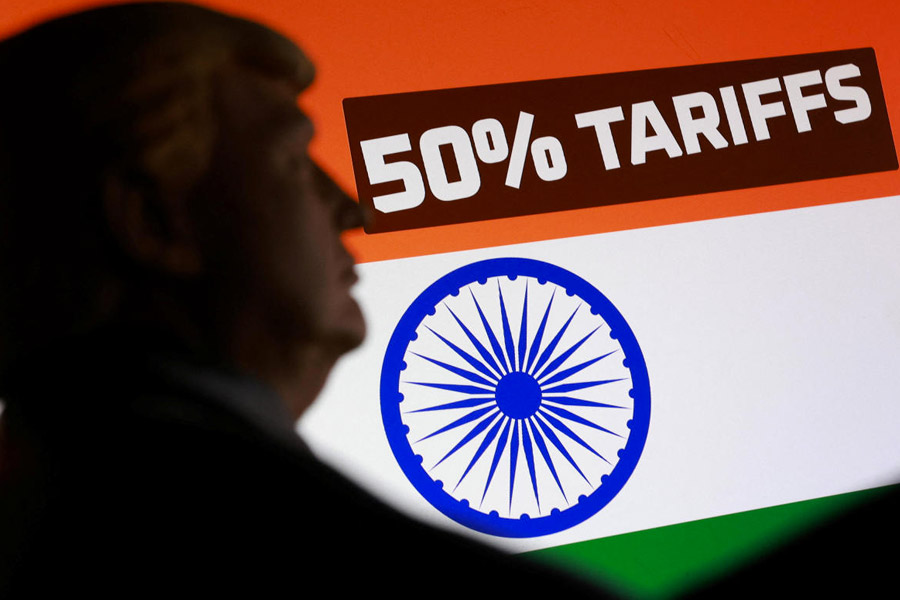Repeated seizures of pangolins from Bengal over the past few months point to the emergence of Bengal as a key transit route for the smuggling of the world’s most trafficked animal, wildlife officials fear.
Three pangolins were seized in two raids from Bhowanipore and Thakurpukur this month. A pangolin was seized near Andul station in December last year and the month before a pangolin that had possibly died of asphyxiation, while being smuggled in a sack, was seized from West Midnapore. Pangolin scales have been seized several times from Siliguri and New Jalpaiguri in the past two years.
The equivalent of nearly 6,000 pangolins have been seized from across the country between 2009 and 2017, according to a study by TRAFFIC, a global NGO active in conservation.
Ninety seizures were reported across India, 83 of them were of pangolin scales. One pangolin produces around a kilo of scales (see chart). Bengal accounted for four per cent of the haul.
The bulk of the seizures between 2009 and 2013 was from eastern and northeastern India.
“Most of the pangolin scales and meat are headed for China. Nepal and Bhutan are favoured routes because of their proximity to China. Bengal shares borders with Nepal and Bhutan and, naturally, is a busy transit point,” said Tilotama Varma, additional director, Wildlife Crime Control Bureau.
China, followed by Vietnam, is the biggest consumer of pangolin scales and meat. Pangolin meat is considered “tonic food” because of its “medicinal properties” and the scales are used in traditional Chinese medicines.
Hunting and trade in Indian and Chinese pangolins are banned under the Wildlife (Protection) Act, 1972, and the Convention on International Trade in Endangered Species of Wild Fauna and Flora.
Indian pangolins are found to the south of the Himalayas, excluding the Northeast. Chinese pangolins are found in Assam and the eastern Himalayas. Pangolins are found in the forests of West Midnapore, Purulia and Bankura, Jharkhand and Odisha.
Mukesh Thakur of the Zoological Survey of India said a genetic identification of the pangolins seized from the city would reveal their origin but pictures show similarities with Chinese pangolins.
Saket Badola, the head of TRAFFIC’s India office, expressed concern but added it was too early to comment on whether Bengal had re-emerged as a key transit hub.
Key findings of TRAFFIC study from 2009-2017
- 90 seizures reported across India
- 83 were of pangolin scales, an estimated 5,765 kg (equivalent to 5,765 pangolins). The remaining seven seizures included pangolin meat (of estimated two animals), a taxidermy specimen, a dead pangolin and three live pangolins











